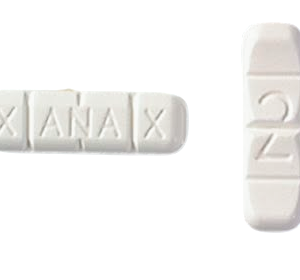In the realm of pharmaceuticals, Xanax, also known by its generic name alprazolam, stands as a widely recognized medication primarily prescribed for the management of anxiety disorders and panic attacks. Its efficacy in alleviating symptoms of anxiety has made it a commonly prescribed drug globally. However, like any medication, understanding its uses, potential side effects, and proper consumption guidelines is crucial for safe and effective treatment.
Understanding Xanax:


Uses of Xanax:
Side Effects of Xanax:
Contraindications and Precautions:
Dosage and Administration Guidelines:
Overdose and Emergency Management:
Tapering and Discontinuation:
Conclusion: Xanax, with its potent anxiolytic properties, has significantly contributed to the management of anxiety disorders and panic attacks. However, its use necessitates caution due to the potential for side effects, dependence, and misuse. Understanding the uses, side effects, and proper consumption guidelines of Xanax is essential for both healthcare providers and patients to ensure safe and effective treatment outcomes. Close monitoring by healthcare professionals and adherence to prescribed dosage regimens can help mitigate risks associated with Xanax use, while maximizing its therapeutic benefits in the management of anxiety-related conditions.

“Discover convenience and affordability with our vast selection of medications at Medsoncallonline.com. With secure ordering and prompt delivery, managing your health has never been easier. Trust us for reliable service and peace of mind with every order.”
Email: support@medsoncallonline.com
Call Us: +1 315 897 3886
909 E. Indigo Ct. Gilbert AZ 85298